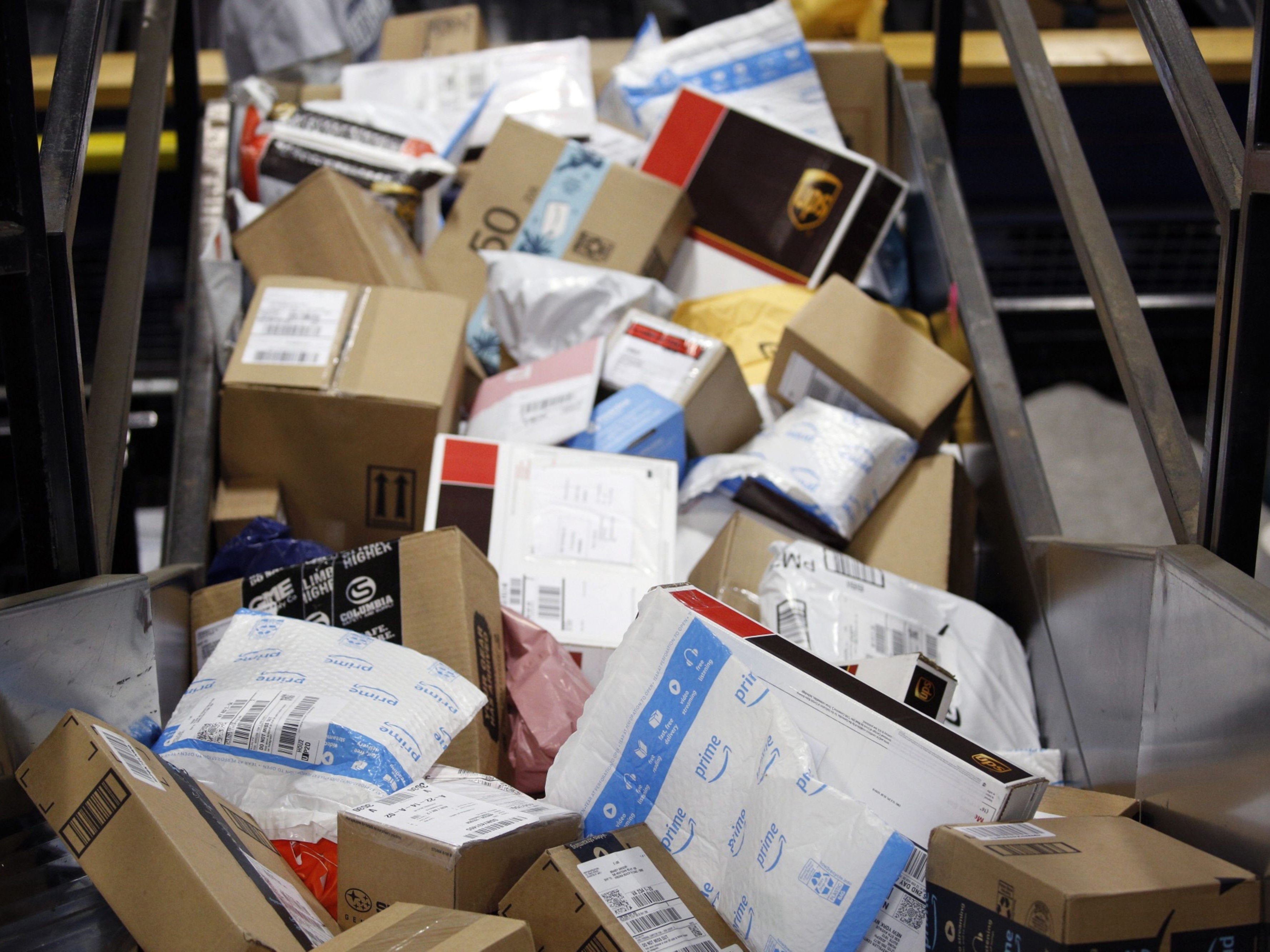
This year’s higher-than-normal general rate increases for parcel shipping caught many companies by surprise. Shippers weren’t expecting 9% to 10% hikes, which have thrown a wrench into their peak-season plans. Factor in persistent shipping delays due to congested ports and reduced transportation capacity, and shippers might be feeling that they have little recourse other than to weather the storm.
It’s too late to make sweeping moves such as optimizing distribution networks or switching sourcing locations to offset higher shipping rates and longer delivery times. But there’s still room for action. Following are five steps shippers can take to help ensure that their peak-season plan succeeds despite higher-than-expected rate increases.
Ramp up communication with carriers. It’s going to be an incredibly busy holiday season, and the last things a shipper needs are misunderstandings or miscommunication with carriers. Reach out to carriers before holiday shipping ramps up, and make sure they’re on the same page as to the volume of parcels they’ll handle for your business. Ask what contingencies they offer, such as a second trailer, two daily pickups, and even pricing concessions.
Right now, carriers have an advantage in pricing power. But they also want to keep their most valued shippers. Small and medium-sized businesses with an annual shipping spend of $500,000 to $5 million are highly attractive to carriers. Keeping the lines of communication open with your carrier sales rep can help navigate potential rate increases.
Keep in touch with customers. It’s unlikely that your customers are following FedEx Corp. and United Parcel Service Inc. rate increases. But with recent national media attention on supply chain disruptions, they probably have some inkling that delivery of their orders will likely take longer this year, or might not even arrive in time for the holidays. According to Creditcards.com, 51% of consumers already started their holiday shopping before Halloween.
To help keep customers tethered to your brand, reach out to them via e-mail and social media to let them know about the more aggressive order-by shopping dates, and encourage them to shop early. Add this information to your website and other sales materials so your customers can shop early, and won’t be caught off-guard by a delay.
Assess distribution and fulfillment center health. Warehouses and fulfillment centers don’t have direct contact with customers. But they’re instrumental in getting orders filled and delivered. Meet early this season with warehouse and fulfillment center leaders, and have frank discussions about current inventory levels and the overall health of the operation. Determine whether current staffing levels can meet anticipated demand, or if more seasonal labor will be needed.
Prepare to increase budgets. UPS anticipates it will be handling about 5 million packages per day during this year’s peak season. The carriers aren’t planning to add significant capacity any time soon. That may mean e-tailers will have to increase their budgets and use more premium shipping services to ensure on-time delivery to customers. In turn, companies might need to absorb the cost of premium services to keep customers happy. Consult with those who oversee your shipping budget to forecast the impact of the higher costs of premium services, and use this information to make the case for increasing your parcel shipping budget during peak season.
Don’t go it alone. A professional data analytics shop has intimate knowledge of carrier pricing structures and philosophies, as well as the modeling built to handle millions and millions of parcel records to accurately re-rate all parcels. They have systems in place to identify packages with service issues or that are billed incorrectly. Professional logistics shops can also help companies understand on-time performance by service level, and whether it makes sense to look for new carriers or seek pricing concessions. Looking out longer term, they can perform a network optimization study and potentially shift inventory to a location that’s closer to customers, reducing shipping costs and improving service reliability.
Partnering with a professional data analytics shop is akin to hiring an accountant to do your taxes. You might get your taxes completed on your own, but with the complexities of tax laws, how accurate is your work really? Most shippers should consider consulting with a professional organization that has deep expertise in data analytics and contract negotiations to help them make it through peak season and beyond.
Scott Lord is president of parcel with AFS Logistics.







